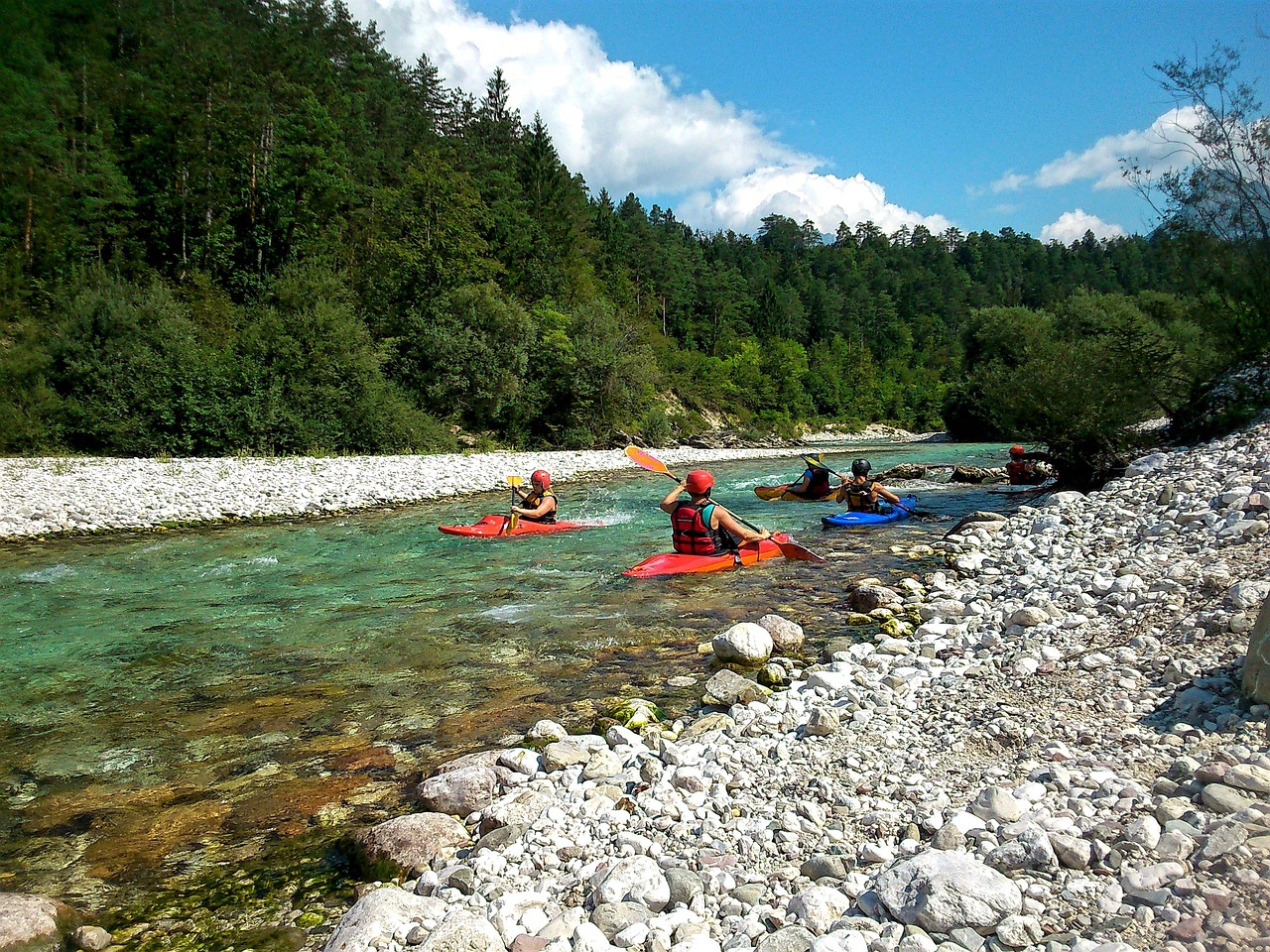Kayak Camping 101: A Guide to Multi-Day River Trips

Kayak camping combines the thrill of exploration with the serenity of remote nature escapes, offering an unparalleled way to immerse yourself in the wild. However, venturing out on multi-day river trips requires careful planning and preparation. From packing your kayak with essentials to selecting the perfect campsite and navigating safely, here's your comprehensive guide to making the most of your kayak camping adventure.
Packing Your Kayak: Balancing Gear and Essentials for Overnight Trips
Efficient packing is crucial for a successful kayak camping trip. Not only do you need to bring all necessary supplies, but you also have to balance the weight within your kayak to maintain stability and maneuverability.
- Waterproof Everything: Use dry bags to keep your gear dry. Consider compartmentalizing your items into smaller bags for easier access and weight distribution.
- Balance the Load: Place heavier items low and towards the center of the kayak to maintain stability. Ensure the weight is evenly distributed from side to side.
- Pack Essentials First: Make sure you have all the essentials — shelter, water filtration, food, cooking equipment, and safety gear. Pack these items before anything else to ensure they fit.
- Limit Bulk and Weight: Opt for lightweight and compact gear specifically designed for backpacking. Every ounce counts when you’re moving your gear from water to campsite.
Choosing Campsites: What to Look for in a Riverside Camp Spot
The right campsite can make or break your kayak camping experience. Here’s what to consider when selecting a spot to pitch your tent:
- High Ground: Look for campsites that are elevated to avoid the risk of flooding, especially important near rivers that can rise unexpectedly overnight.
- Proximity to Water: While you want to be close enough for easy water access, don’t camp too close to the water’s edge. A distance of at least 200 feet is recommended to protect water sources from contamination.
- Natural Protection: Sites with natural windbreaks such as trees or large rocks can offer shelter from the elements. However, be cautious of camping under dead or weak trees that could fall.
- Leave No Trace: Choose a site that shows little to no sign of human use to minimize impact. Always follow Leave No Trace principles by packing out all trash and leaving the site as you found it.
Safety and Navigation: Staying Safe and On Course During Your Adventure
Safety should be your top priority on any kayak camping trip. Being well-prepared can help you avoid potential dangers and ensure a memorable adventure for the right reasons.
- Wear Your Life Jacket: Always wear a properly fitted life jacket when you’re on the water, regardless of your swimming ability.
- Know Your Route: Familiarize yourself with the river’s flow, potential hazards, and exit points. Carry waterproof maps and a GPS device or smartphone with GPS capabilities.
- Check the Weather and Water Conditions: Before you depart, check the weather forecast and water conditions. Be prepared to adjust your plans accordingly.
- Emergency Preparedness: Pack a first-aid kit, repair kit for your kayak and gear, and a means of communication like a waterproofed cell phone or a satellite messenger.
- Paddle with a Buddy: Whenever possible, paddle with a partner. If you must go solo, let someone know your plan, including where you’re going and when you expect to return.
Conclusion
Kayak camping is an adventurous way to explore the great outdoors, offering a unique blend of paddling and wilderness camping. By carefully planning your packing strategy, selecting the right campsites, and prioritizing safety and navigation, you'll set the stage for an unforgettable journey on the water. Remember, preparation is key to enjoying the serene beauty and thrilling experiences that kayak camping has to offer. So, gear up, paddle out, and embrace the adventure that awaits!
